Articles > Geography
Ready to take on Japan Largest Cities or even East Asia Largest Cities? You’ll want to know the largest cities in Japan. Here are the top 25.
Tokyo

Population: 9,744,534
Tokyo, the bustling capital of Japan, is a vibrant metropolis that combines tradition and modernity. As the most populous city in Japan, it is famous for its towering skyscrapers, historic temples, and diverse neighborhoods. Visitors can explore iconic sights like the Shibuya Crossing, the serene Meiji Shrine, and the bustling streets of Akihabara, a hub for electronics and otaku culture. Tokyo is also known for its world-class cuisine, ranging from Michelin-starred restaurants to casual street food stalls.
Interesting Fact:
Tokyo is home to the world’s busiest pedestrian crossing, where thousands of people cross each time the signal changes.
Yokohama

Population: 3,778,318
Yokohama, located just south of Tokyo, is Japan’s second-largest city. Known for its picturesque waterfront, the city features beautiful parks, vibrant neighborhoods, and a rich maritime history. The iconic Yokohama Chinatown is one of the largest in the world, offering a variety of delicious Chinese cuisine and cultural experiences. Additionally, the city is home to attractions such as the Landmark Tower and the Sankeien Garden, making it a perfect blend of modern and traditional Japan.
Interesting Fact:
Yokohama was the first Japanese port to open to foreign trade in 1859, significantly influencing the city’s culture and development.
Osaka

Population: 2,754,742
Osaka, known as Japan’s kitchen, is famous for its culinary delights, including takoyaki and okonomiyaki. The city is a bustling commercial center with a rich history, offering landmarks such as Osaka Castle and the vibrant Dotonbori district. Osaka’s unique blend of modern skyscrapers and historical architecture creates a dynamic urban landscape. The city is also known for its friendly locals and lively atmosphere, making it a great destination for food lovers and culture enthusiasts.
Interesting Fact:
Osaka’s Dotonbori district is famous for its neon lights and extravagant signage, including the iconic Glico Man.
Nagoya
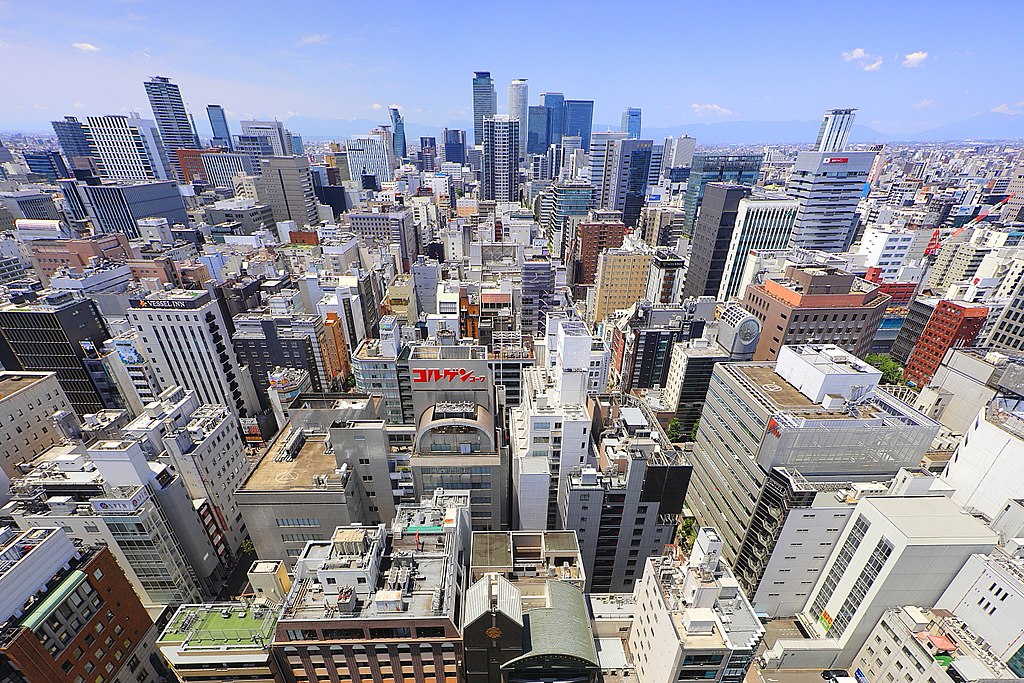
Population: 2,333,406
Nagoya is Japan’s fourth-largest city and a major economic hub, particularly known for its automotive industry, with Toyota being a key player. The city is also rich in culture and history, featuring attractions like Nagoya Castle and the Atsuta Shrine. Nagoya offers a variety of experiences, from traditional craft shops to modern shopping centers, and is famous for its unique local dishes such as hitsumabushi, grilled eel served over rice.
Interesting Fact:
Nagoya hosts the annual Nagoya Matsuri, featuring colorful parades and traditional performances.
Sapporo
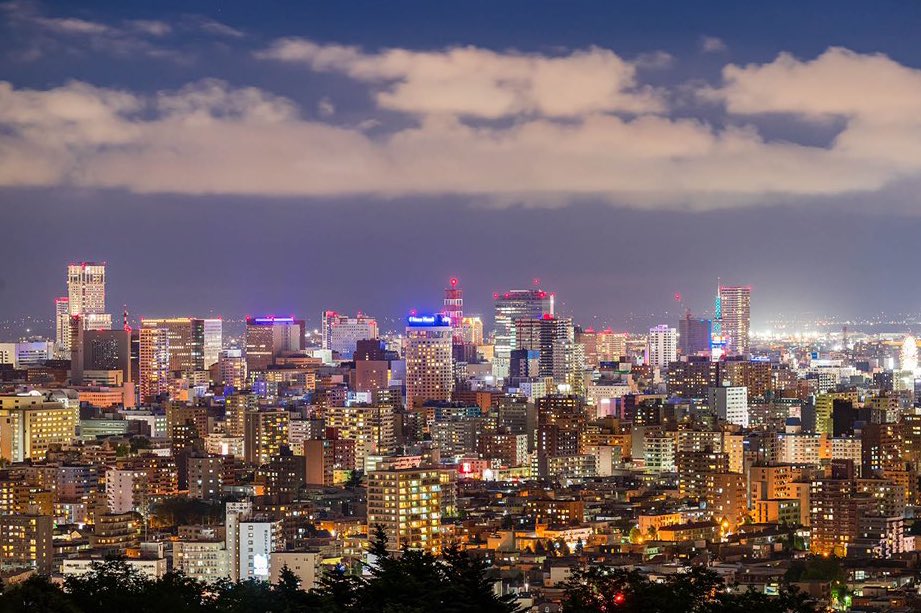
Population: 1,975,065
Sapporo, the capital of Hokkaido, is renowned for its cold winters and vibrant festivals. The city is famous for the Sapporo Snow Festival, which attracts millions of visitors each year with its stunning ice sculptures. Sapporo is also known for its delicious ramen, particularly the rich miso ramen, and the Sapporo Beer Museum, where visitors can learn about the city’s brewing history. The city’s beautiful parks and gardens add to its appeal, making it a great destination for nature lovers.
Interesting Fact:
Sapporo is home to the first beer brewery in Japan, established in 1876, and is known for its refreshing Sapporo beer.
Fukuoka
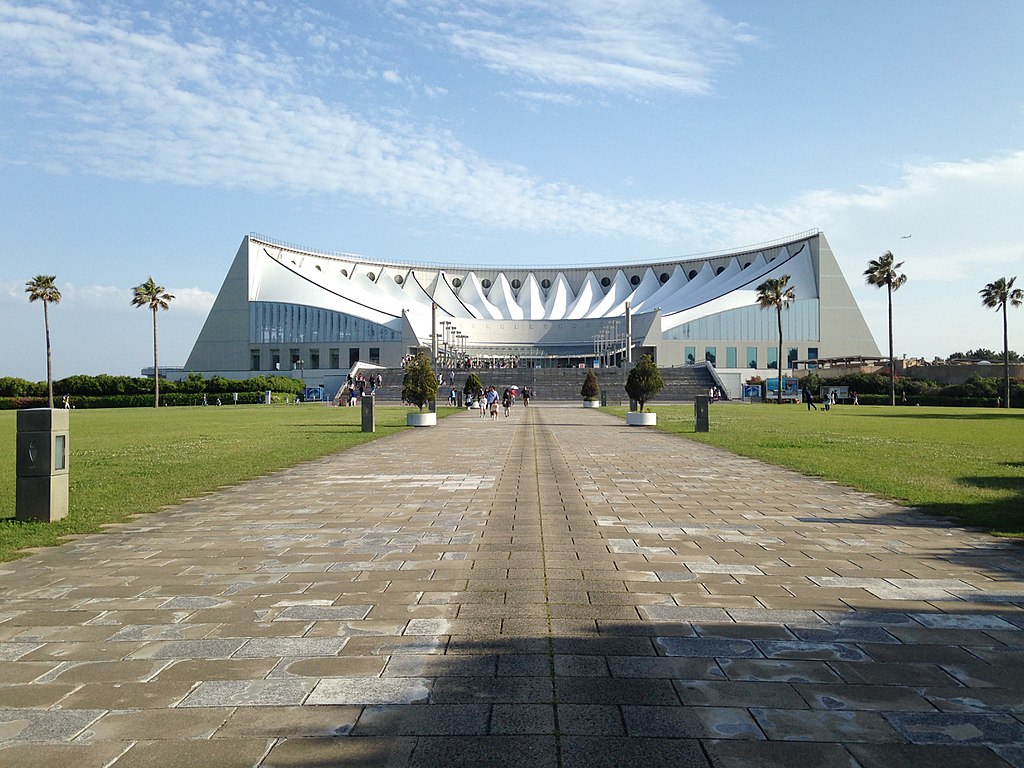
Population: 1,613,361
Fukuoka, located on the northern shore of Kyushu Island, is known for its rich history, vibrant culture, and delicious cuisine. The city features attractions like Fukuoka Castle and Ohori Park, where visitors can enjoy beautiful scenery. Fukuoka is famous for its street food stalls called yatai, offering local specialties such as ramen and tempura. The city is also a gateway to exploring the rest of Kyushu, making it a popular destination for both tourists and locals.
Interesting Fact:
Fukuoka is known for its yatai stalls, which serve delicious street food and create a lively nighttime atmosphere.
Kawasaki

Population: 1,539,081
Kawasaki, located between Tokyo and Yokohama, is known for its industrial landscape and cultural attractions. The city features the Kawasaki Daishi Temple, a popular pilgrimage site, and is also home to the Nihon Minka-en, an open-air museum showcasing traditional Japanese houses. Kawasaki has a vibrant local community with numerous shopping and entertainment options, making it a dynamic urban area that is often overlooked by tourists.
Interesting Fact:
Kawasaki is home to the annual Kawasaki Halloween Parade, one of the largest in Japan, attracting thousands of participants dressed in creative costumes.
Kobe
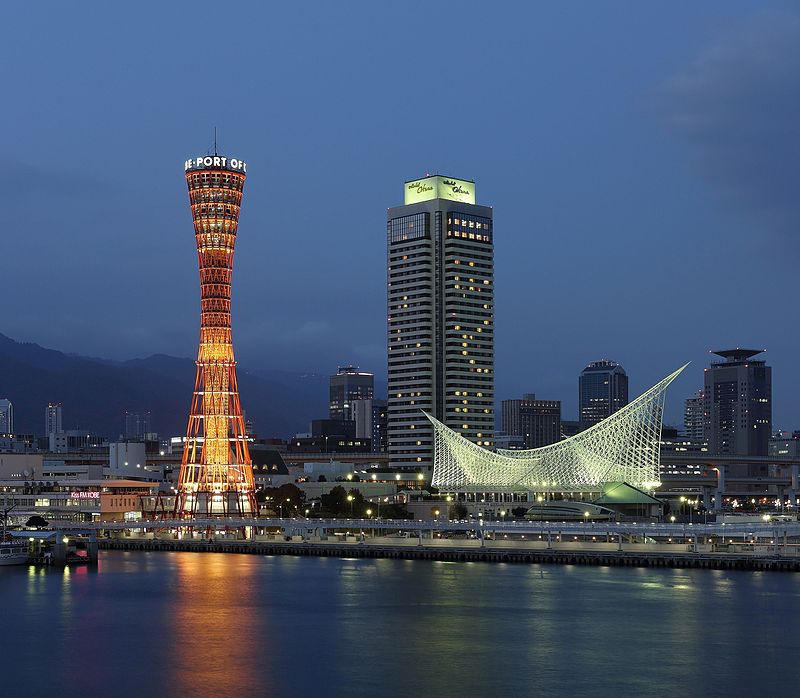
Population: 1,527,022
Kobe is a picturesque port city located on the Seto Inland Sea, known for its cosmopolitan atmosphere and stunning views of the surrounding mountains. The city is famous for its delicious Kobe beef and offers a variety of attractions, including the iconic Kobe Port Tower and the Meriken Park. Kobe’s history as an international port city is reflected in its diverse architecture and cultural influences.
Interesting Fact:
Kobe is internationally renowned for its high-quality Kobe beef, considered one of the best types of beef in the world.
Kyoto
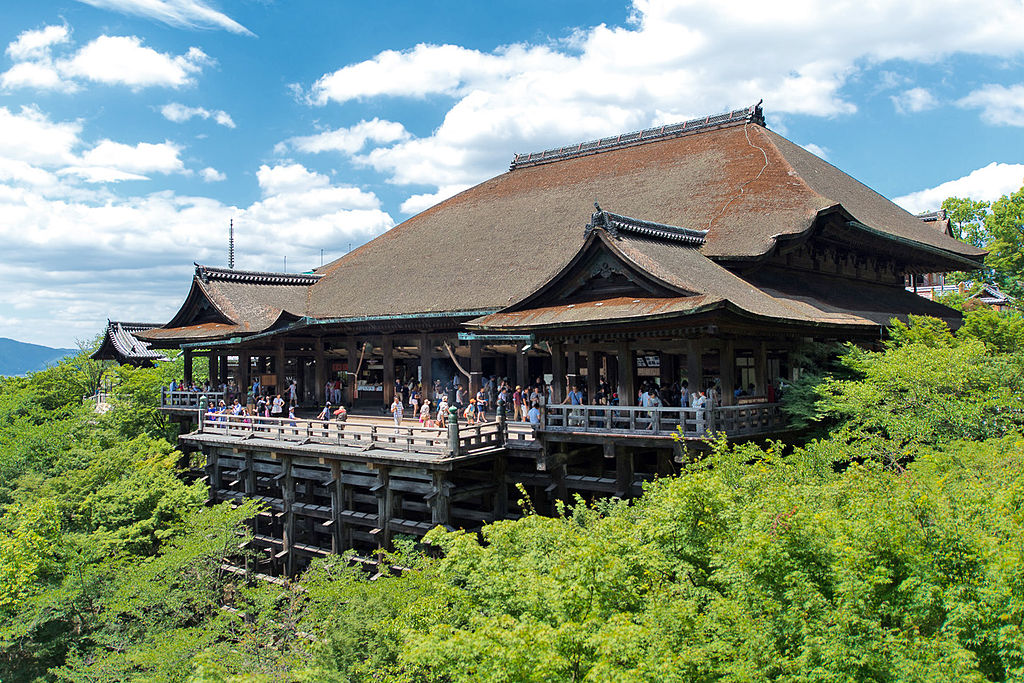
Population: 1,464,890
Kyoto, once the capital of Japan, is a city steeped in history and tradition. Known for its stunning temples, gardens, and traditional wooden houses, Kyoto offers visitors a glimpse into Japan’s rich cultural heritage. Notable sites include the Golden Pavilion (Kinkaku-ji), Fushimi Inari Taisha with its iconic torii gates, and the historic Gion district, famous for geisha culture. Kyoto is a UNESCO World Heritage site, attracting millions of tourists each year.
Interesting Fact:
Kyoto is home to more than 1,600 temples and shrines, making it a significant cultural and historical center in Japan.
Saitama
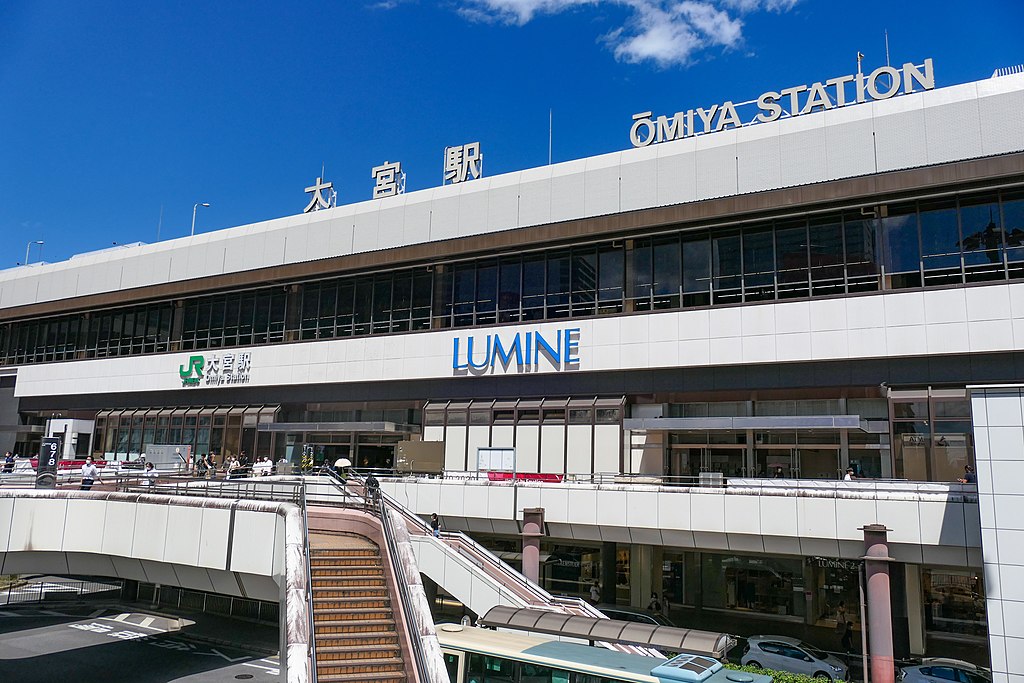
Population: 1,324,591
Saitama, located just north of Tokyo, is a sprawling city known for its family-friendly attractions and parks. The city features several museums, shopping districts, and sports facilities. Saitama’s Omiya Bonsai Village is famous for its bonsai nurseries, and the city hosts various cultural events throughout the year, including the Saitama International Marathon. With its convenient transport links to Tokyo, Saitama is a popular choice for commuters.
Interesting Fact:
Saitama is known for its annual Cherry Blossom Festival, where thousands gather to enjoy the beauty of cherry blossoms in full bloom.
Hiroshima
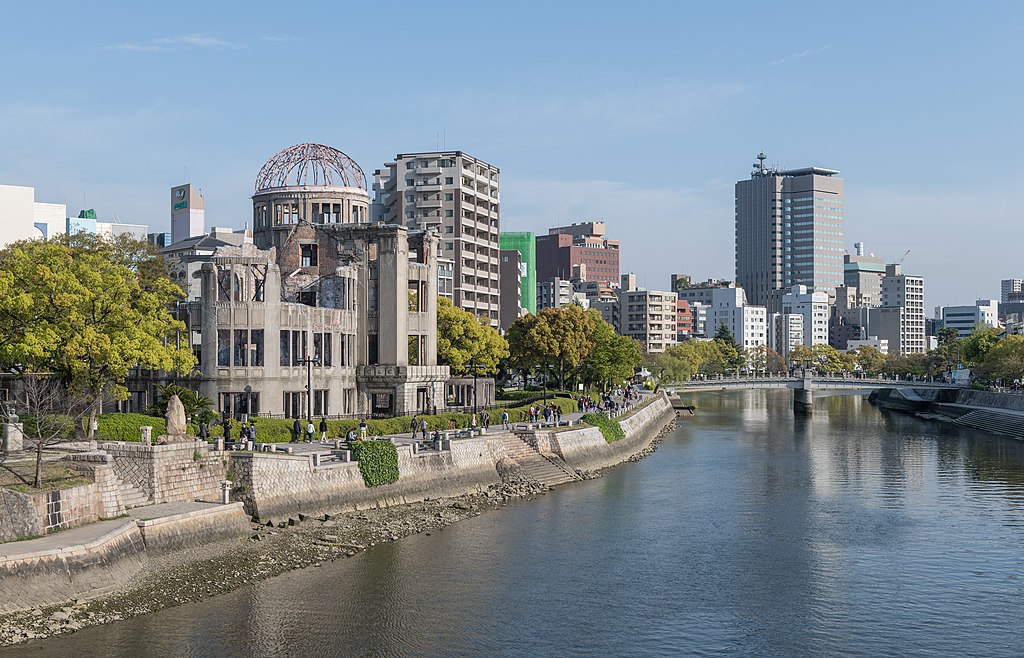
Population: 1,201,281
Hiroshima is a city with a poignant history, known for its tragic past as the first city to be targeted by an atomic bomb during World War II. Today, Hiroshima stands as a symbol of peace and resilience, featuring the Hiroshima Peace Memorial Park and Museum, which commemorate the lives lost and advocate for global peace. The city is also known for its beautiful gardens and delicious local cuisine, particularly Hiroshima-style okonomiyaki.
Interesting Fact:
The Atomic Bomb Dome in Hiroshima is a UNESCO World Heritage site and serves as a reminder of the impact of war.
Sendai

Population: 1,097,196
Sendai, known as the “City of Trees,” is the largest city in the Tohoku region of Japan. The city is famous for its beautiful parks and green spaces, including Aoba Castle, which offers stunning views of the surrounding area. Sendai is also known for its annual Tanabata Festival, a vibrant celebration of star-crossed lovers featuring colorful decorations. The city’s rich cultural history is reflected in its local cuisine, including gyutan (beef tongue).
Interesting Fact:
Sendai’s Tanabata Festival attracts millions of visitors each year and is one of the most famous festivals in Japan.
Chiba
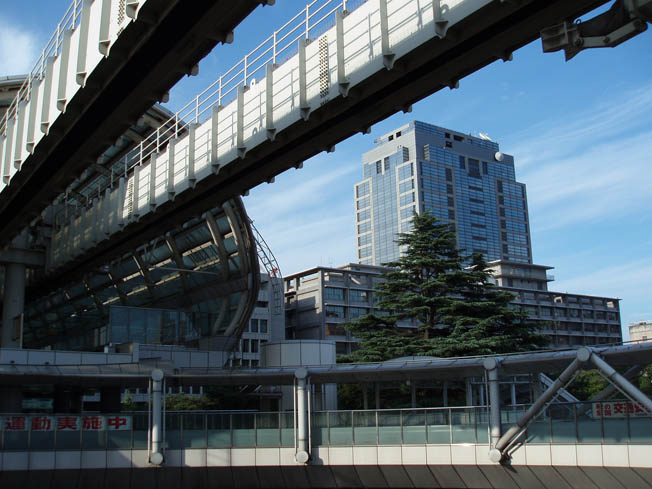
Population: 975,210
Chiba, located near Tokyo, is known for its proximity to Tokyo Disneyland and the Narita International Airport. The city offers a mix of urban and natural attractions, including the scenic Inage Seaside Park and Chiba Port Tower. Chiba is also home to numerous shopping districts and cultural sites, making it a popular destination for both locals and tourists looking to explore the area.
Interesting Fact:
Chiba is known for its traditional festivals, including the Chiba City Fireworks Festival, which showcases stunning pyrotechnics over the bay.
Kitakyushu
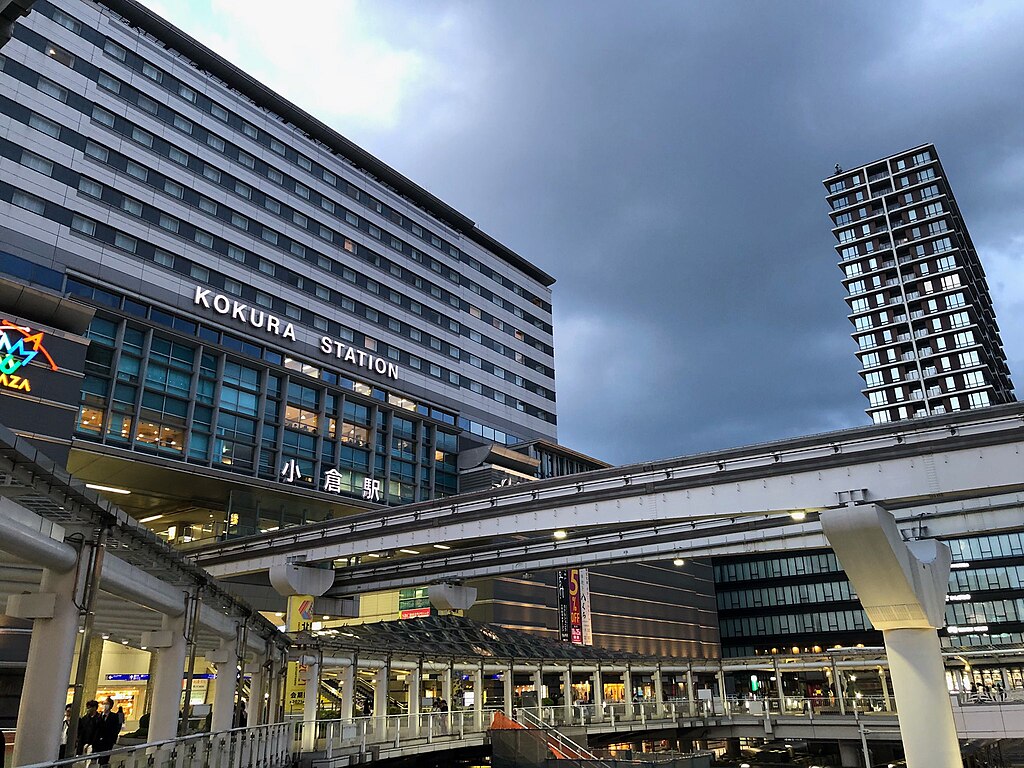
Population: 939,622
Kitakyushu is a city located in the northern part of Kyushu Island, known for its industrial heritage and natural beauty. The city features attractions like the Mojiko Retro District, with its historic buildings and waterfront views, and the Space World amusement park. Kitakyushu is also home to the beautiful Mount Sarakura, offering hiking opportunities and panoramic views of the city.
Interesting Fact:
Kitakyushu is recognized for its eco-friendly initiatives and was named a UNESCO Creative City of Design in 2019.
Sakai
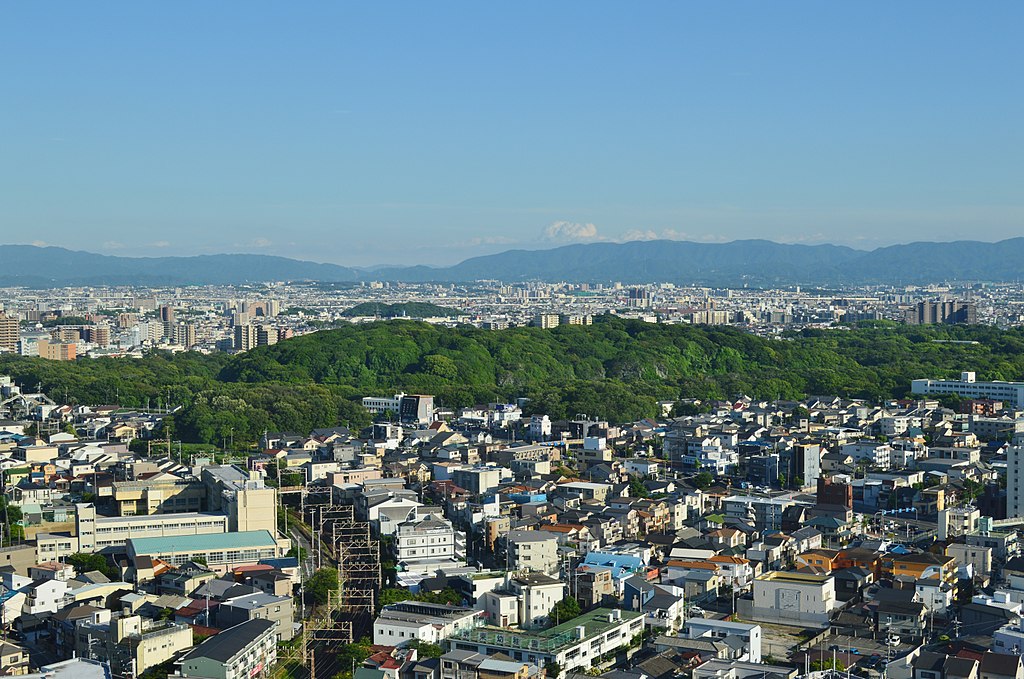
Population: 826,447
Sakai, located near Osaka, is known for its rich history and traditional crafts, particularly in the production of high-quality Japanese knives. The city features several historical sites, including the Sakai City Museum and ancient burial mounds. Sakai’s beautiful parks and gardens make it a pleasant place to visit, and the city is also famous for its delicious sushi and local delicacies.
Interesting Fact:
Sakai is recognized for its traditional knife-making industry, which has been in operation for over 600 years.
Hamamatsu
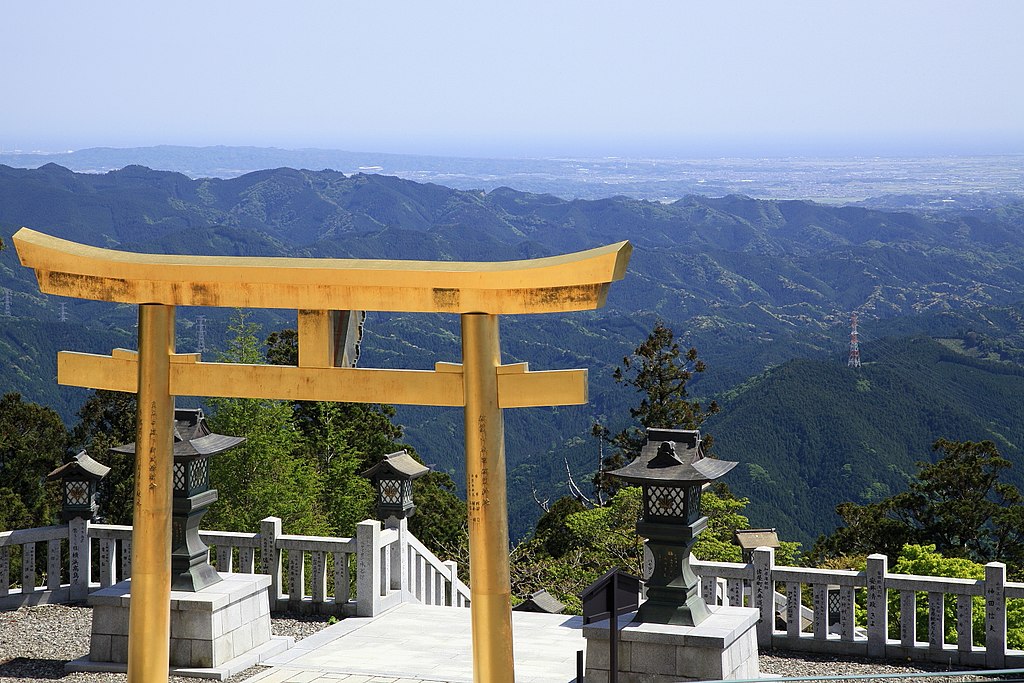
Population: 791,155
Hamamatsu is a city known for its musical heritage and is home to many musical instrument manufacturers, including Yamaha and Roland. The city features attractions such as the Hamamatsu Castle and the beautiful Hamamatsu Flower Park. Hamamatsu is also famous for its local delicacies, including gyoza (dumplings) and eel dishes, making it a delightful destination for food lovers.
Interesting Fact:
Hamamatsu hosts the annual Hamamatsu Festival, featuring spectacular kite flying and traditional floats.
Niigata
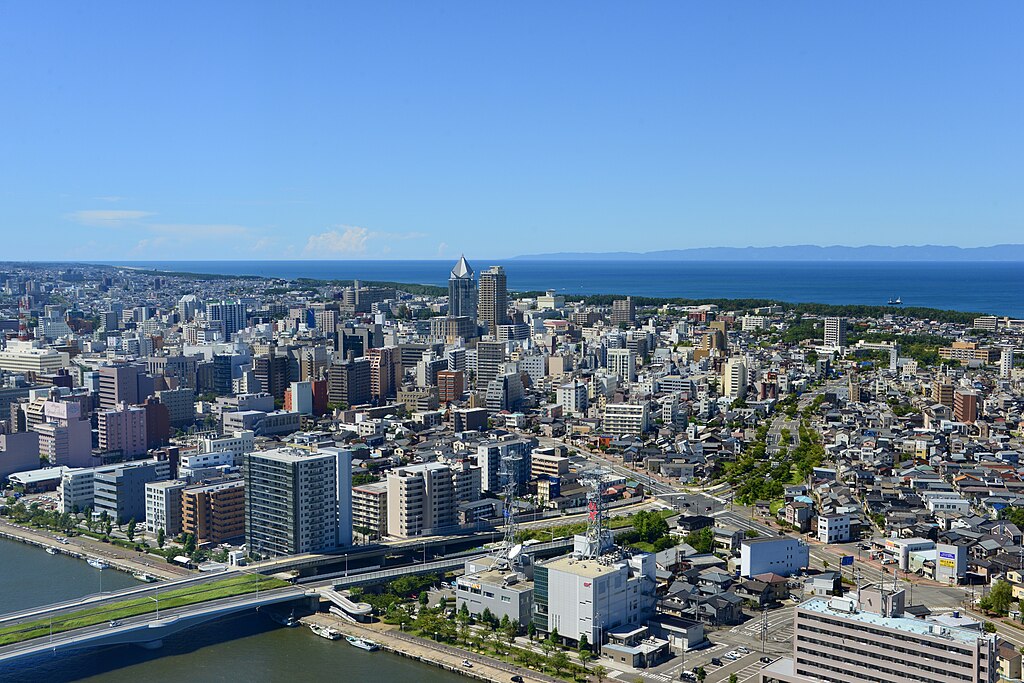
Population: 789,715
Niigata is located along the coast of the Sea of Japan and is known for its stunning natural beauty, particularly its beaches and mountains. The city is famous for its rice production and sake brewing, making it a great destination for culinary enthusiasts. Niigata features attractions such as the Niigata City Aquarium and the historic Niigata Old Saito House, showcasing the region’s rich culture and history.
Interesting Fact:
Niigata is famous for its high-quality rice, which is considered some of the best in Japan and is essential for sake production.
Kumamoto
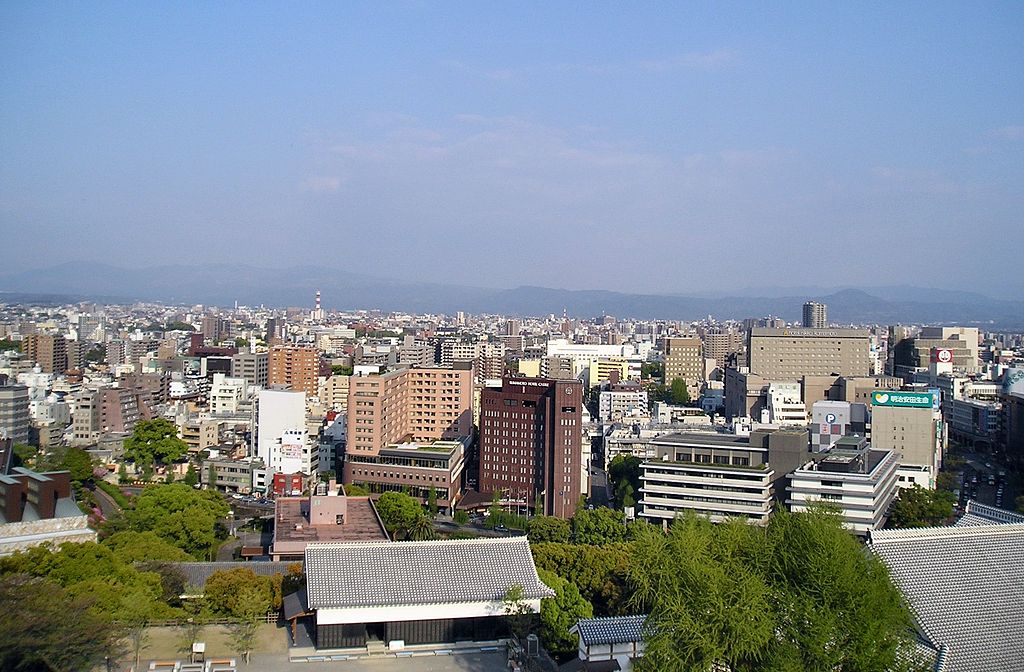
Population: 738,744
Kumamoto is a city located in Kyushu, known for its historic castle and beautiful gardens. Kumamoto Castle is one of Japan’s most impressive castles, with stunning architecture and scenic views. The city also features Suizenji Jojuen Garden, a traditional Japanese garden that showcases the beauty of nature. Kumamoto is known for its local cuisine, including horse meat sashimi and ramen.
Interesting Fact:
Kumamoto Castle is a national treasure and is famous for its impressive stone walls and defensive structures.
Sagamihara

Population: 725,302
Sagamihara is a city located in Kanagawa Prefecture, known for its beautiful parks and natural scenery. The city features attractions such as the Sagamihara Prefectural Park and the historic Choshun Temple. Sagamihara is a residential area that offers a peaceful environment while being close to Tokyo and Yokohama. The city also hosts various cultural events and festivals throughout the year.
Interesting Fact:
Sagamihara is known for its annual Sagamihara Fireworks Festival, which lights up the night sky with spectacular displays.
Okayama
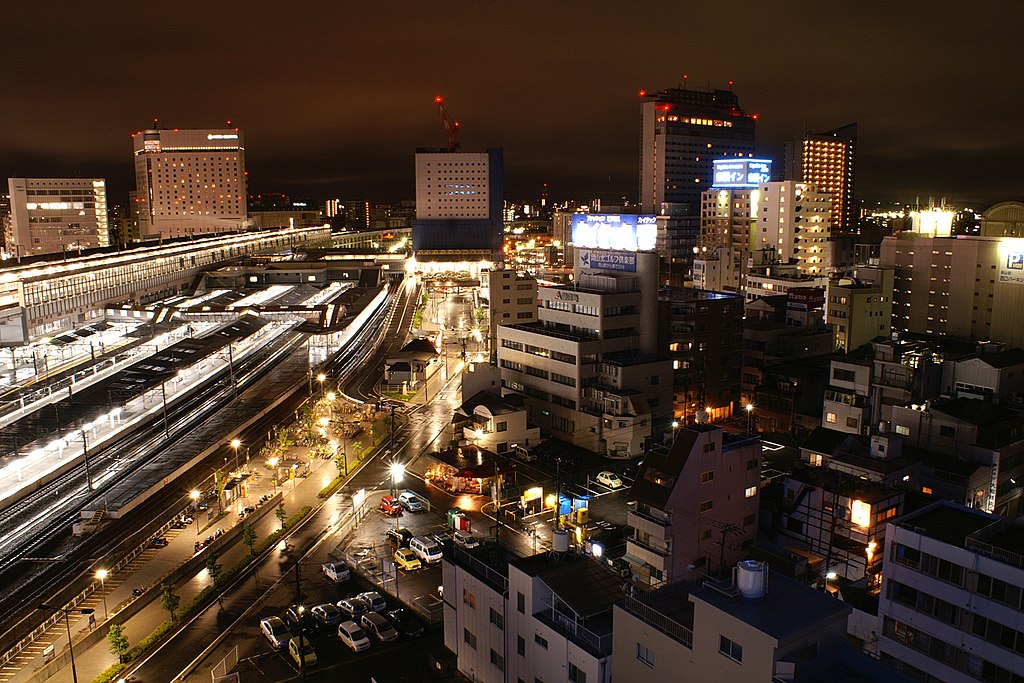
Population: 725,108
Okayama is a city in western Japan known for its beautiful gardens and historical landmarks. The Okayama Korakuen Garden is one of Japan’s top three gardens, featuring picturesque landscapes and seasonal flowers. Okayama is also home to the Okayama Castle, which offers a glimpse into the region’s history. The city is known for its delicious fruit, particularly peaches and grapes, making it a popular destination for food lovers.
Interesting Fact:
Okayama is famous for its folklore, particularly the story of Momotaro, the peach boy, who is a popular figure in Japanese culture.
Shizuoka
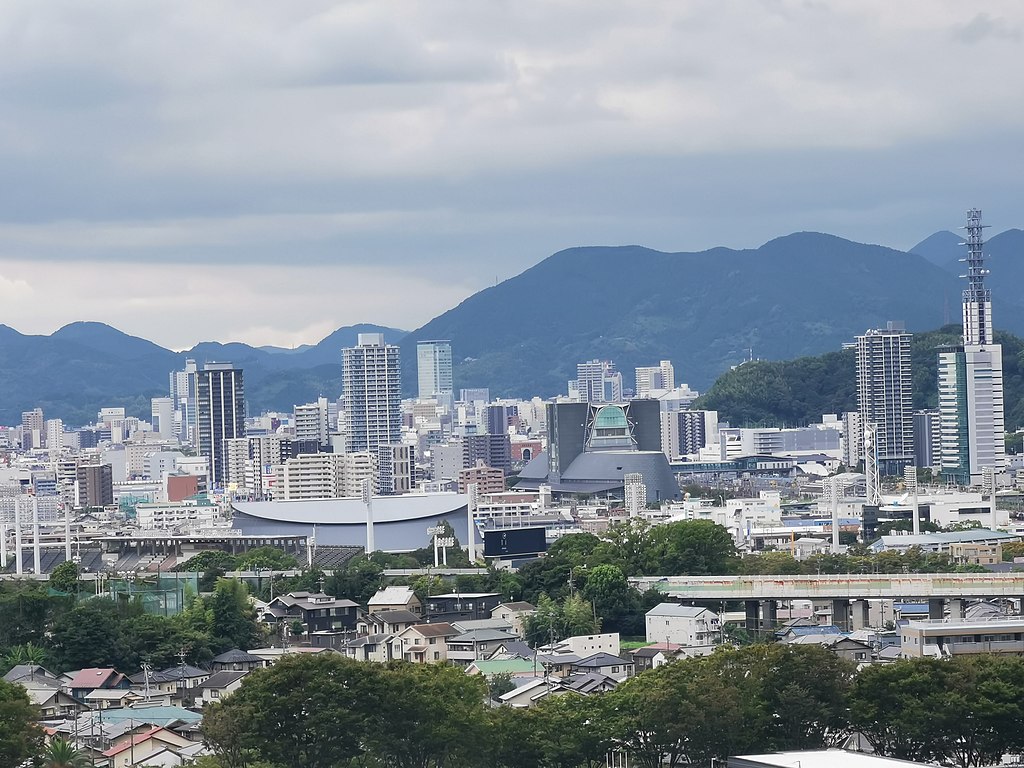
Population: 693,759
Shizuoka is located at the foot of Mount Fuji and is famous for its stunning views and tea production. The city features attractions such as the Shizuoka Sengen Shrine and the beautiful Nihondaira Plateau. Shizuoka is known for its green tea and seafood, making it a great destination for culinary enthusiasts. The city offers numerous parks and outdoor activities, including hiking and exploring the scenic coastline.
Interesting Fact:
Shizuoka is one of Japan’s leading tea-producing regions, known for its high-quality green tea.
Funabashi
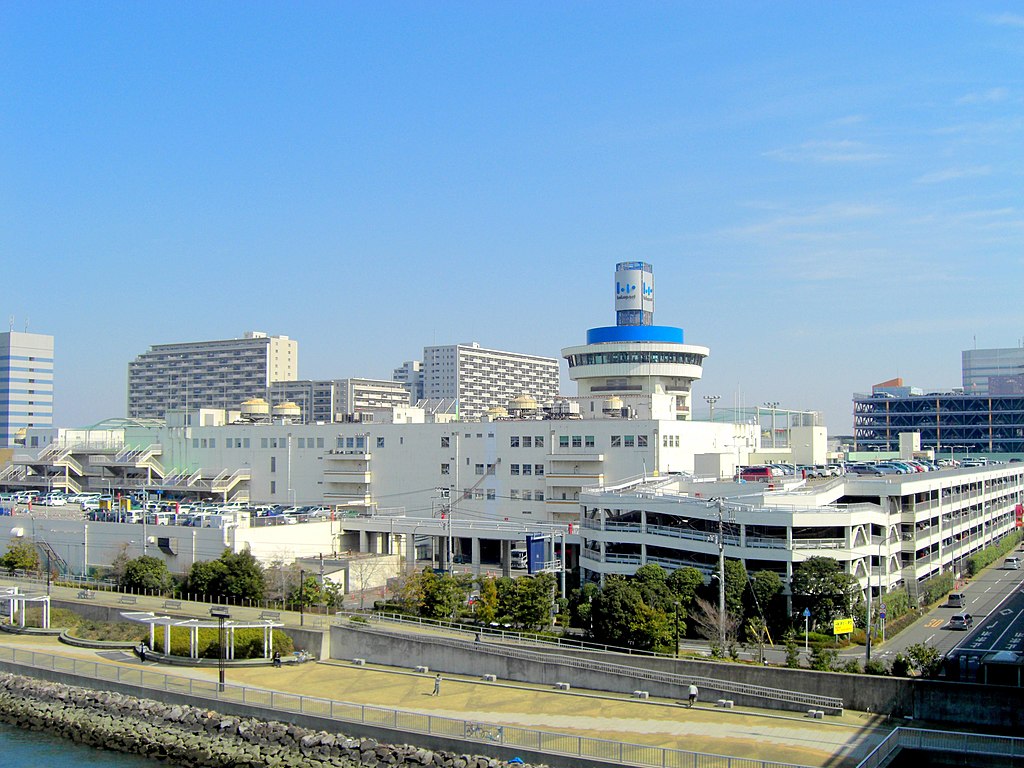
Population: 642,972
Funabashi is a city located in Chiba Prefecture, known for its rich cultural heritage and modern attractions. The city features several parks, shopping districts, and historical sites. Funabashi’s proximity to Tokyo makes it a popular residential area for commuters. The city also hosts various cultural events and festivals throughout the year, showcasing its vibrant local culture.
Interesting Fact:
Funabashi is home to the Funabashi Andersen Park, which is inspired by the fairy tales of Hans Christian Andersen.
Kawaguchi
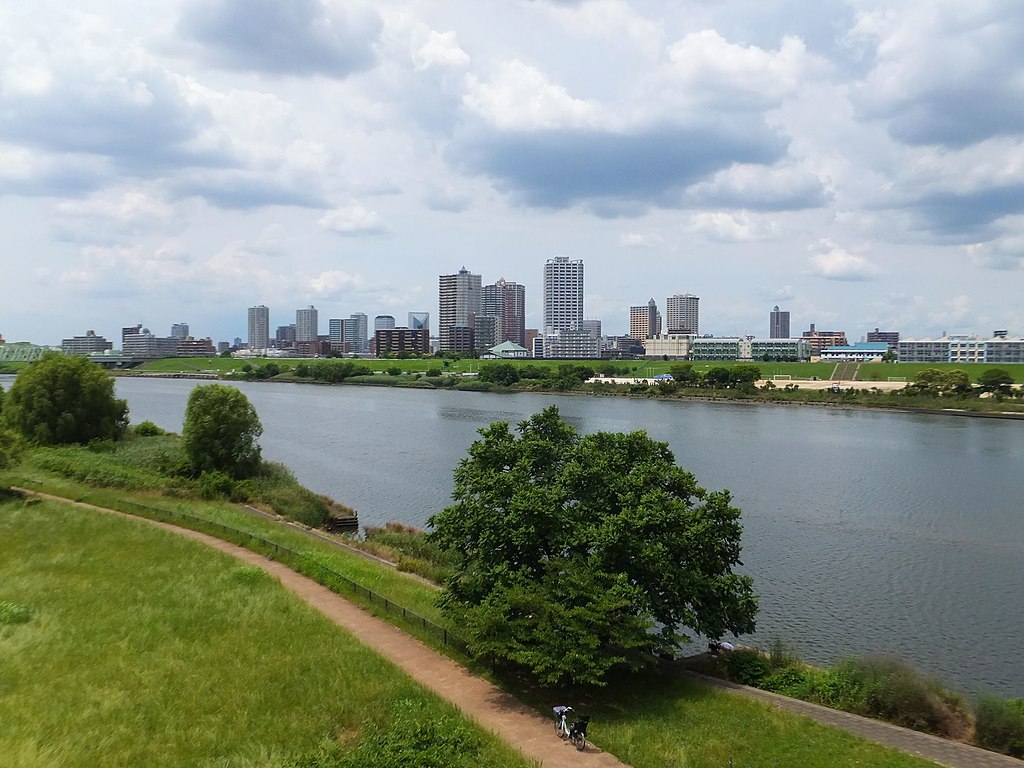
Population: 594,461
Kawaguchi is a city located in Saitama Prefecture, known for its residential neighborhoods and easy access to Tokyo. The city features various parks and recreational facilities, making it a great place for families. Kawaguchi is also home to local markets and shopping areas, offering a mix of modern conveniences and traditional charm. The city’s proximity to Tokyo allows residents to enjoy the benefits of urban living while maintaining a suburban lifestyle.
Interesting Fact:
Kawaguchi was once known as “the town of cupolas” because of its many blast furnaces, smoky chimneys, and cupola rooftops.
Kagoshima
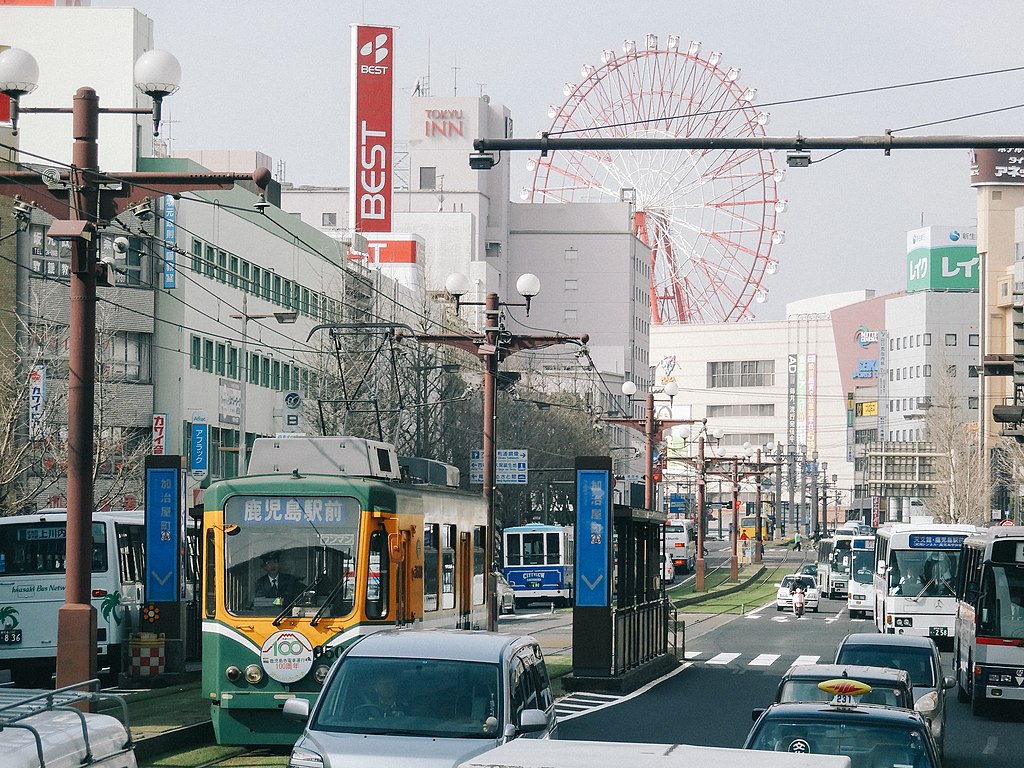
Population: 593,460
Kagoshima is a city located in the southern part of Kyushu, known for its beautiful natural scenery and active volcano, Sakurajima. The city features stunning coastal views and hot springs, making it a popular destination for nature lovers. Kagoshima is also known for its unique cuisine, including black pork and fresh seafood, providing visitors with a delicious culinary experience.
Interesting Fact:
Kagoshima’s Sakurajima is one of Japan’s most active volcanoes, providing stunning views and hiking opportunities.
Hachioji
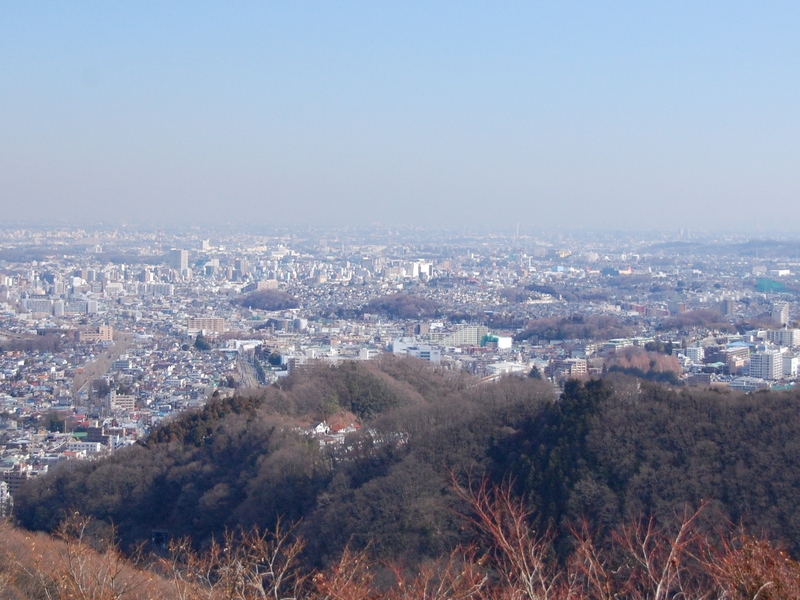
Population: 579,605
Hachioji is a city located in the western part of Tokyo Metropolis, known for its beautiful parks and historical sites. The city features attractions such as the Takao Mountain and the Hachioji Castle ruins. Hachioji offers a blend of urban and natural experiences, making it a great place for outdoor activities and exploring history. The city is also known for its local festivals and traditional events throughout the year.
Interesting Fact:
Hachioji is famous for its cherry blossoms, with many parks and areas showcasing stunning views during the spring.




